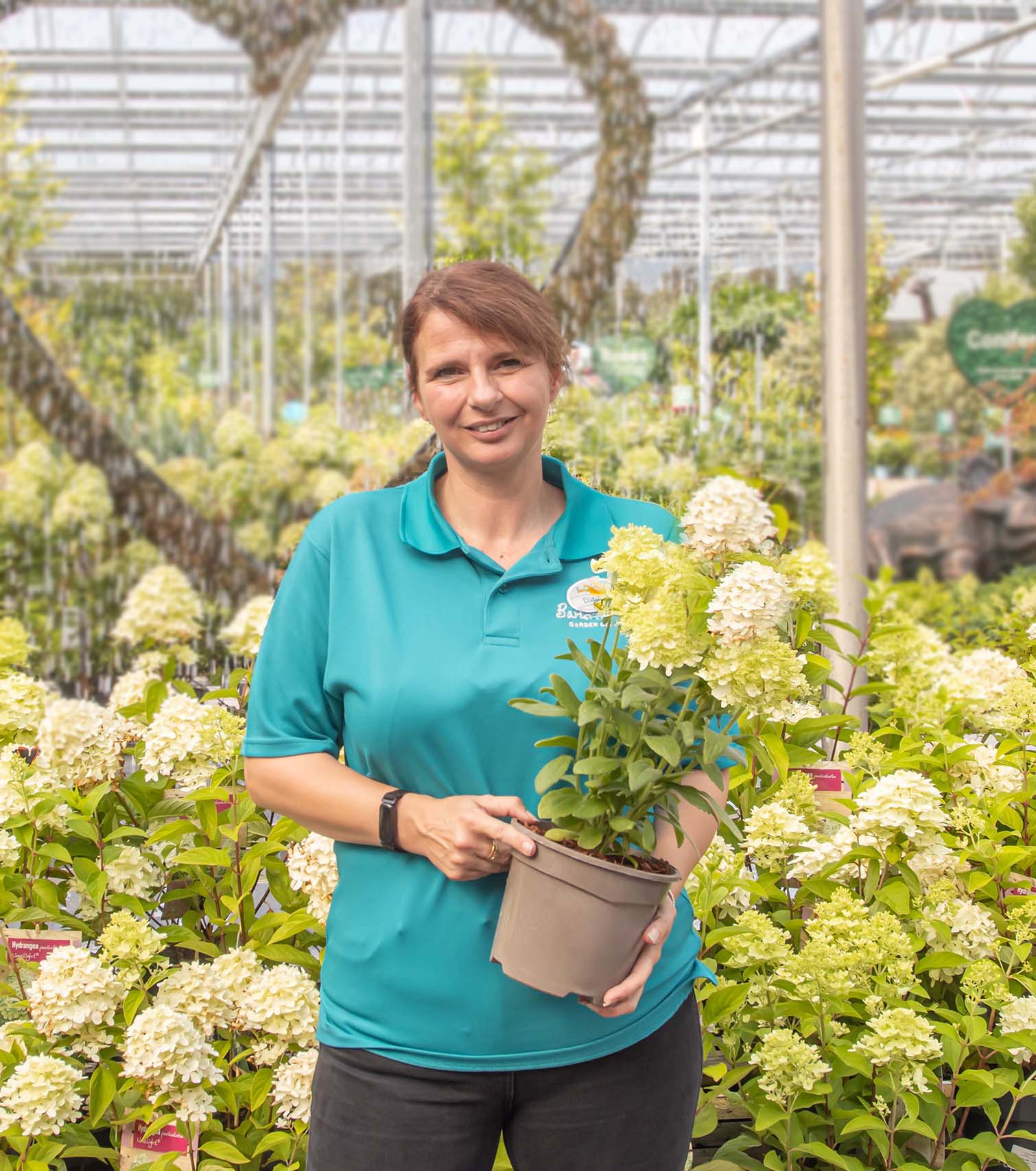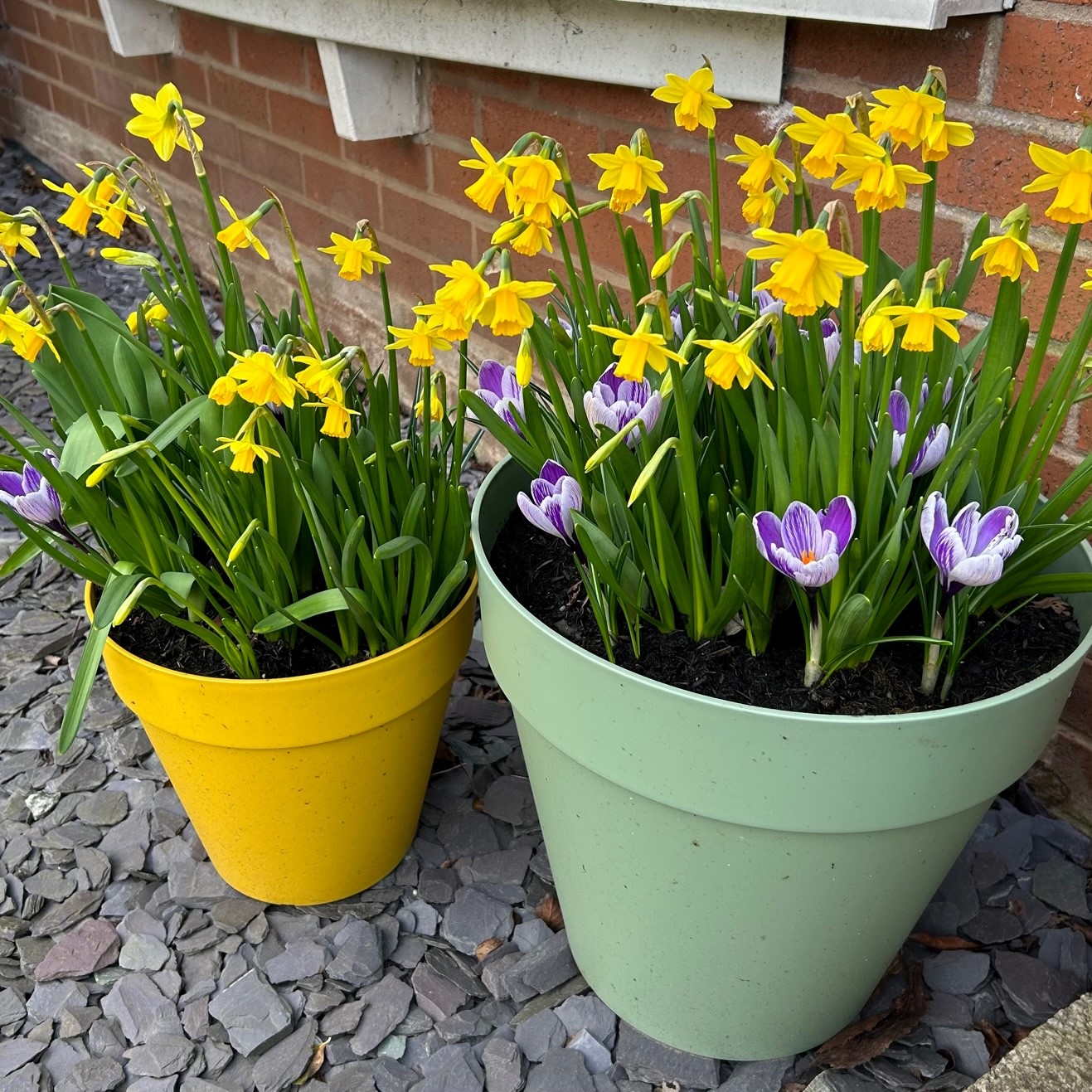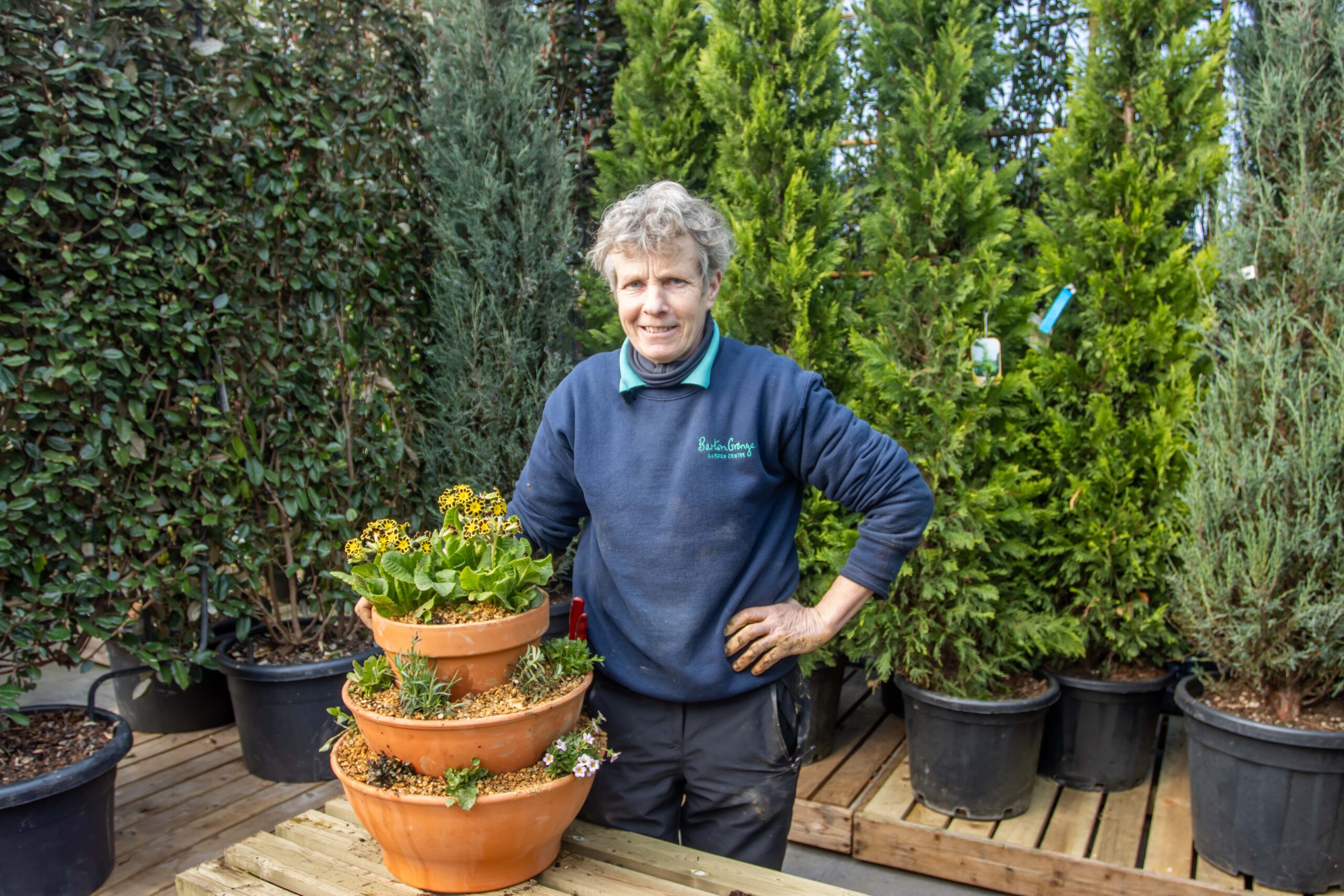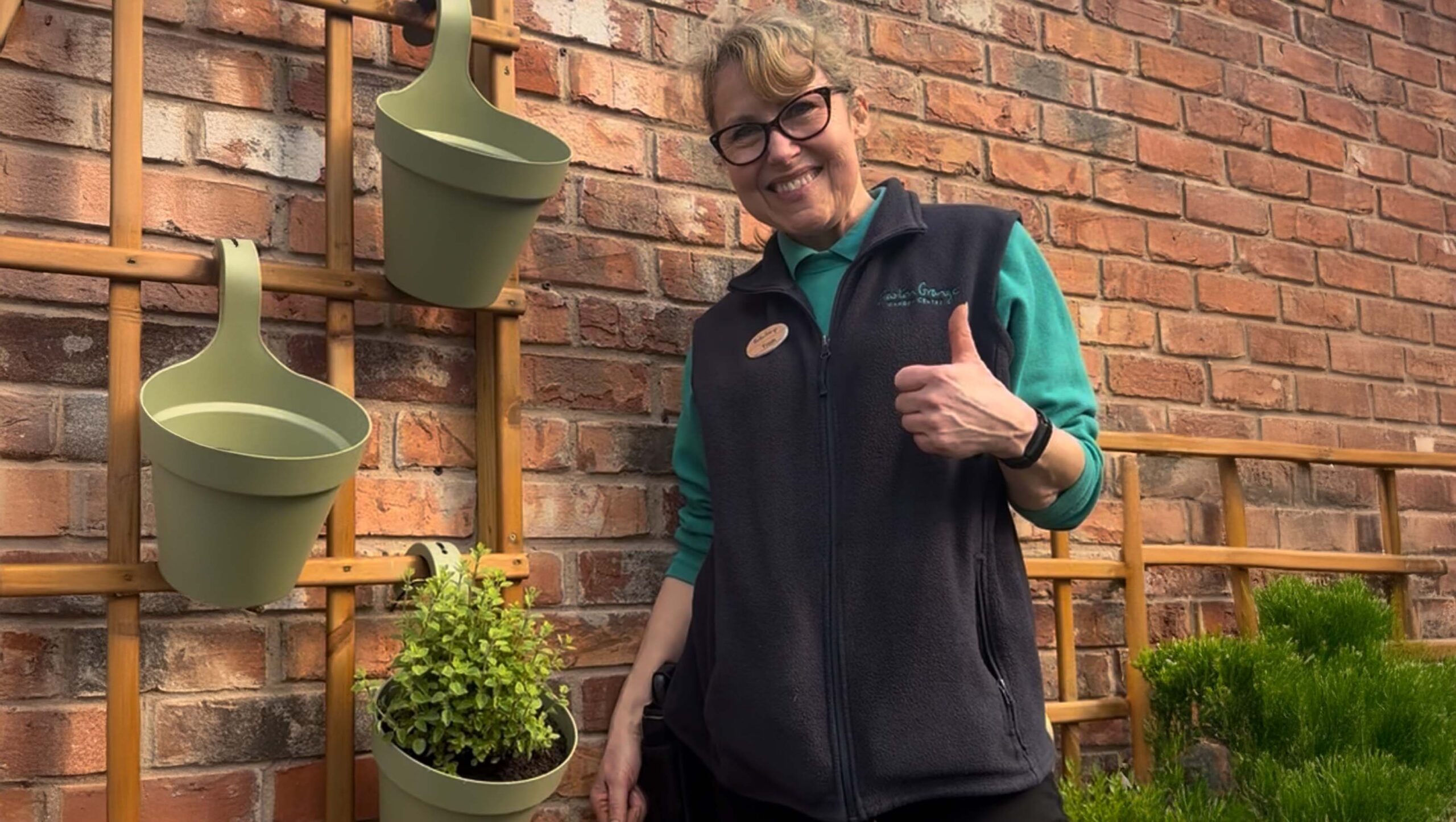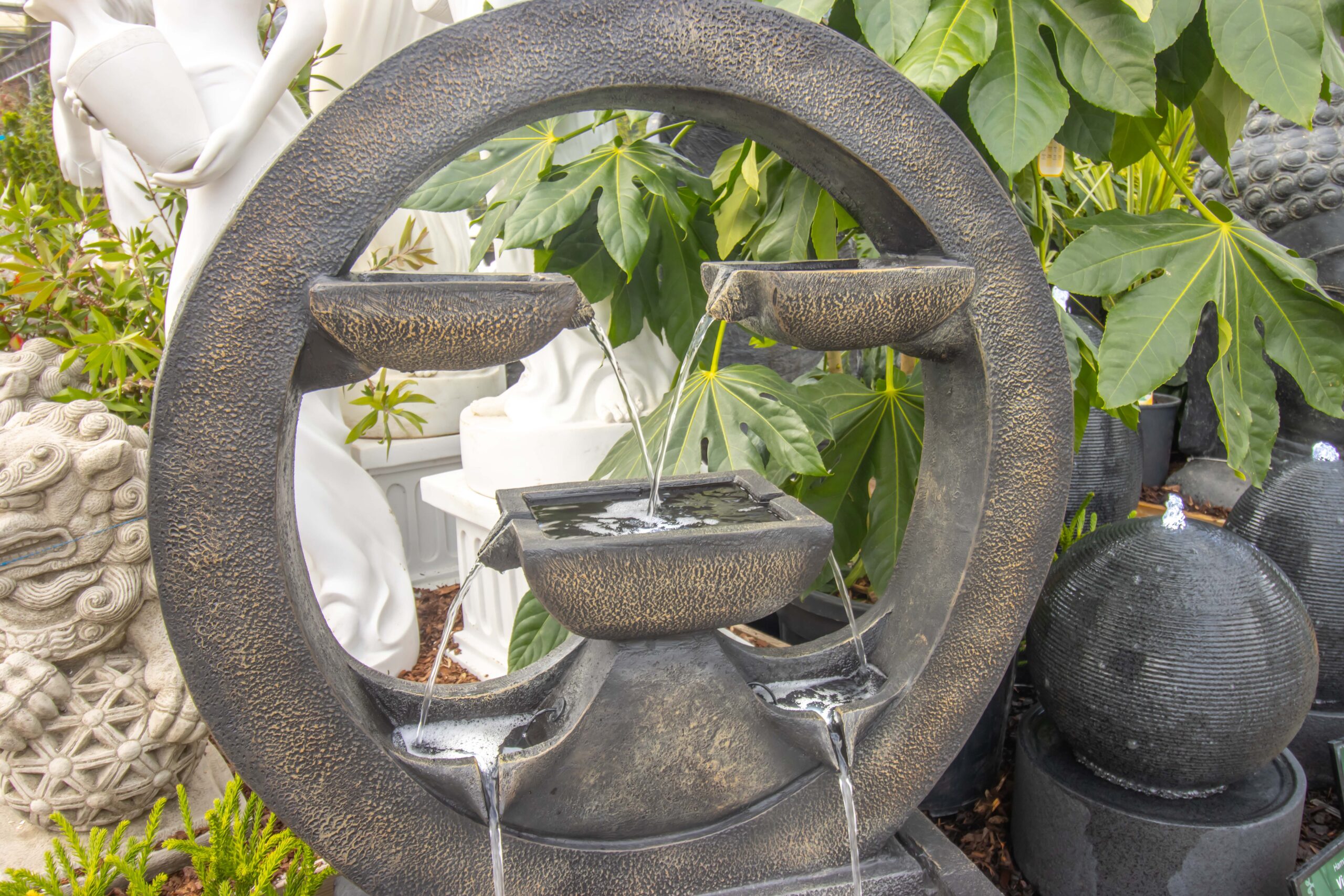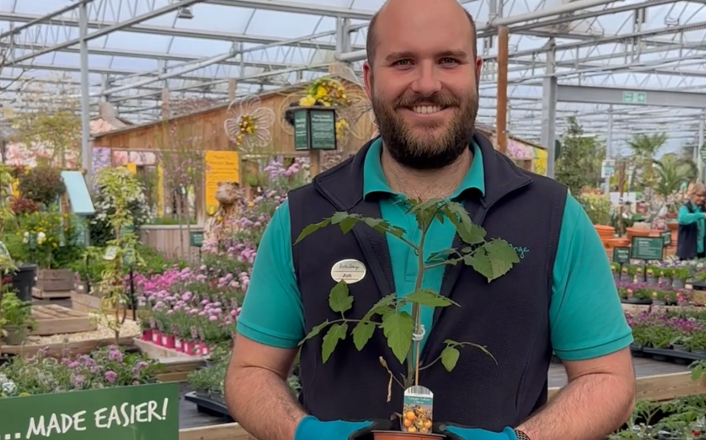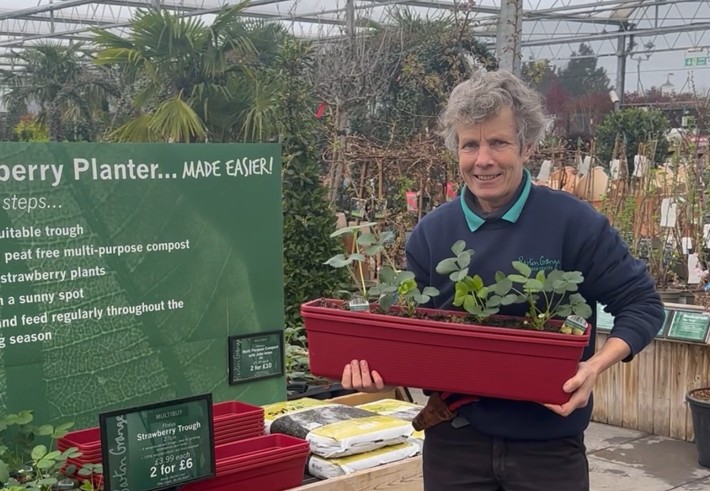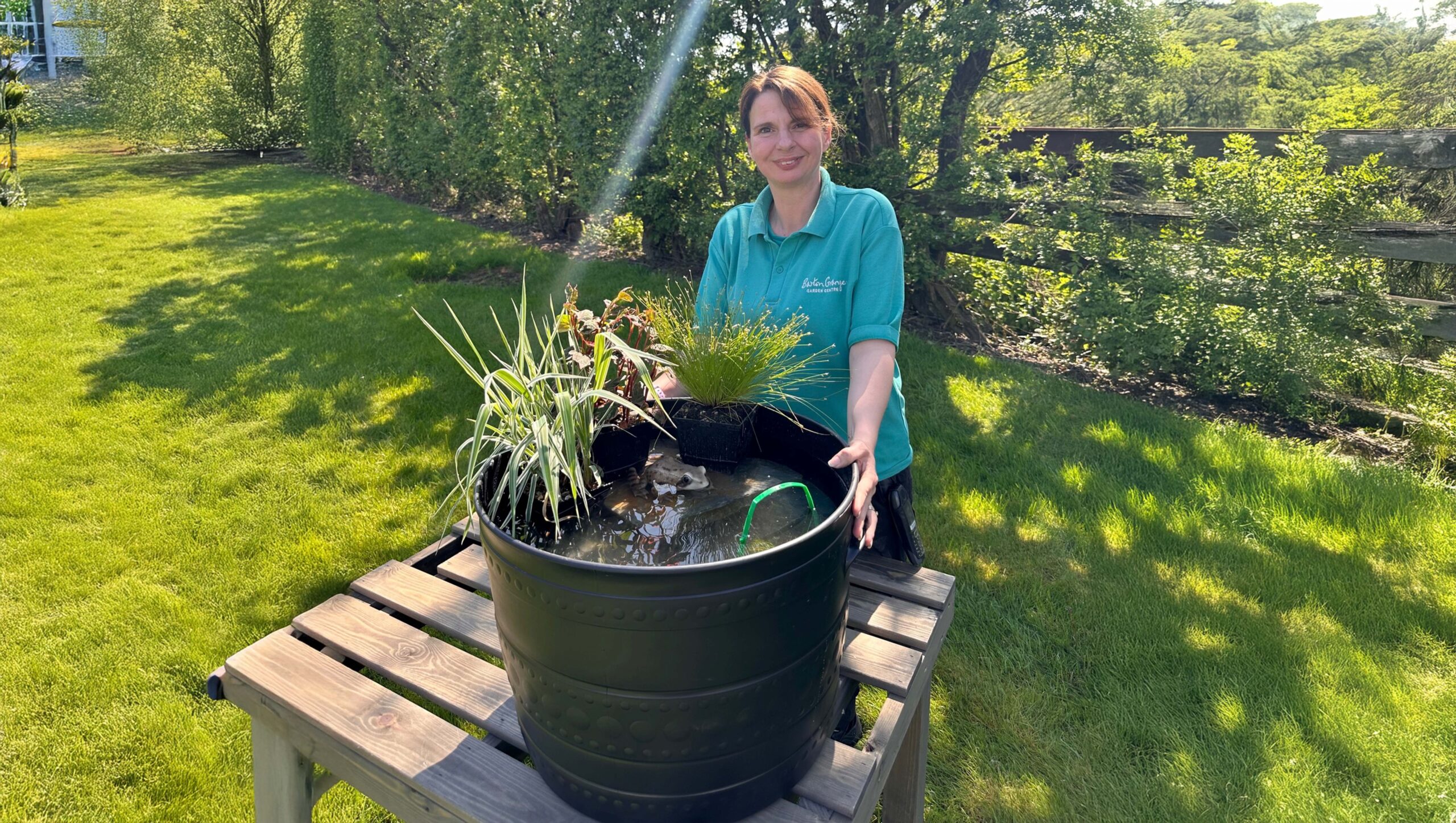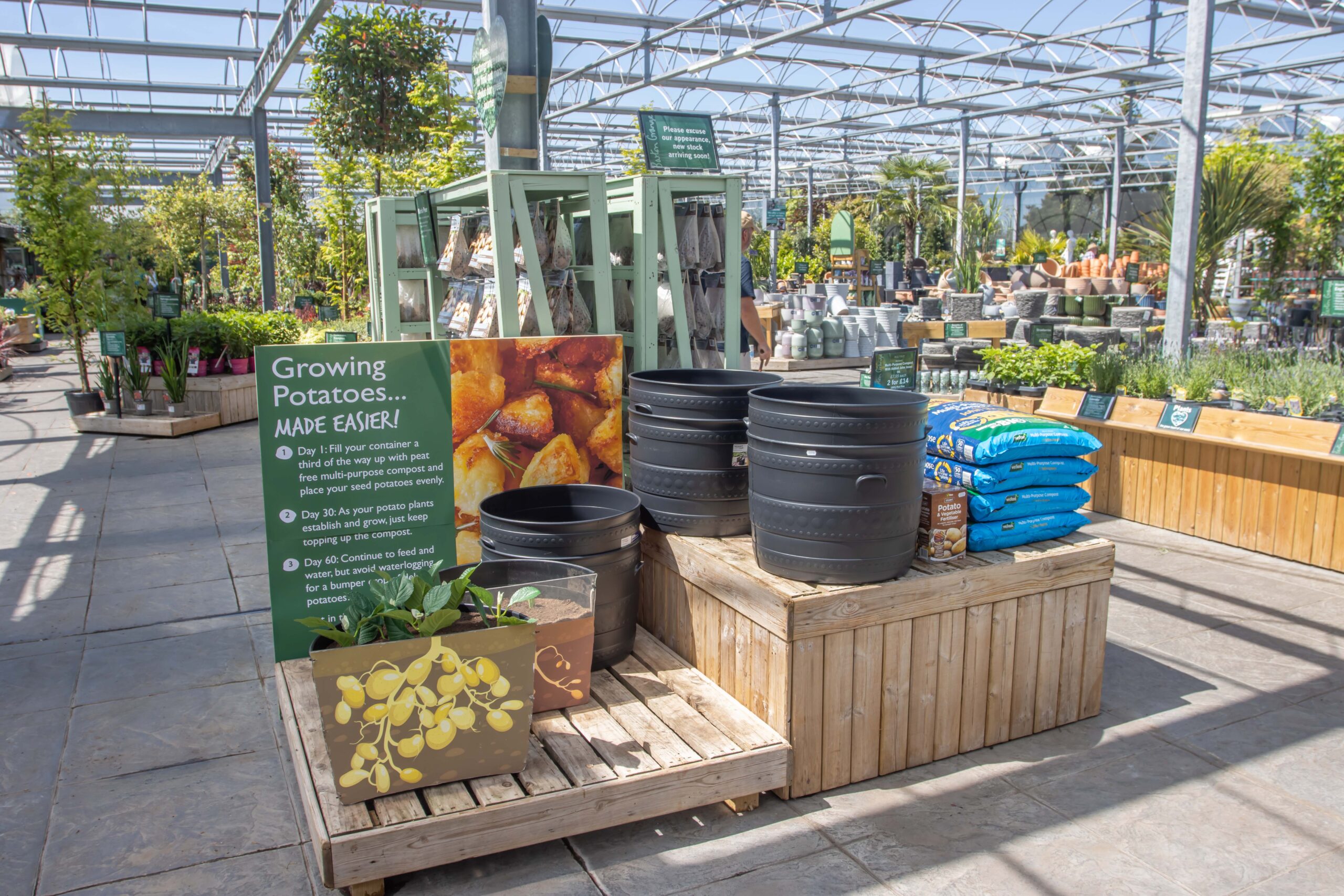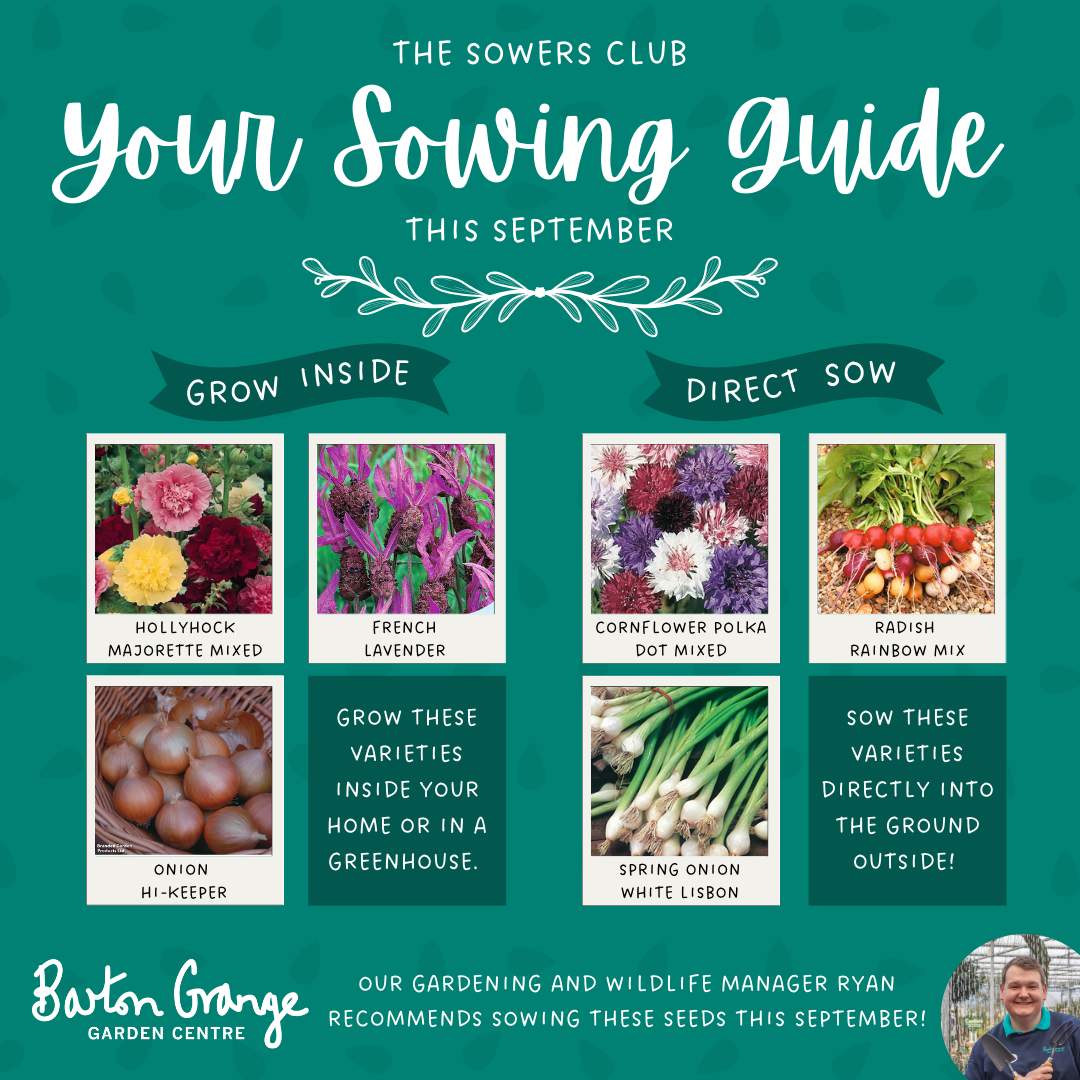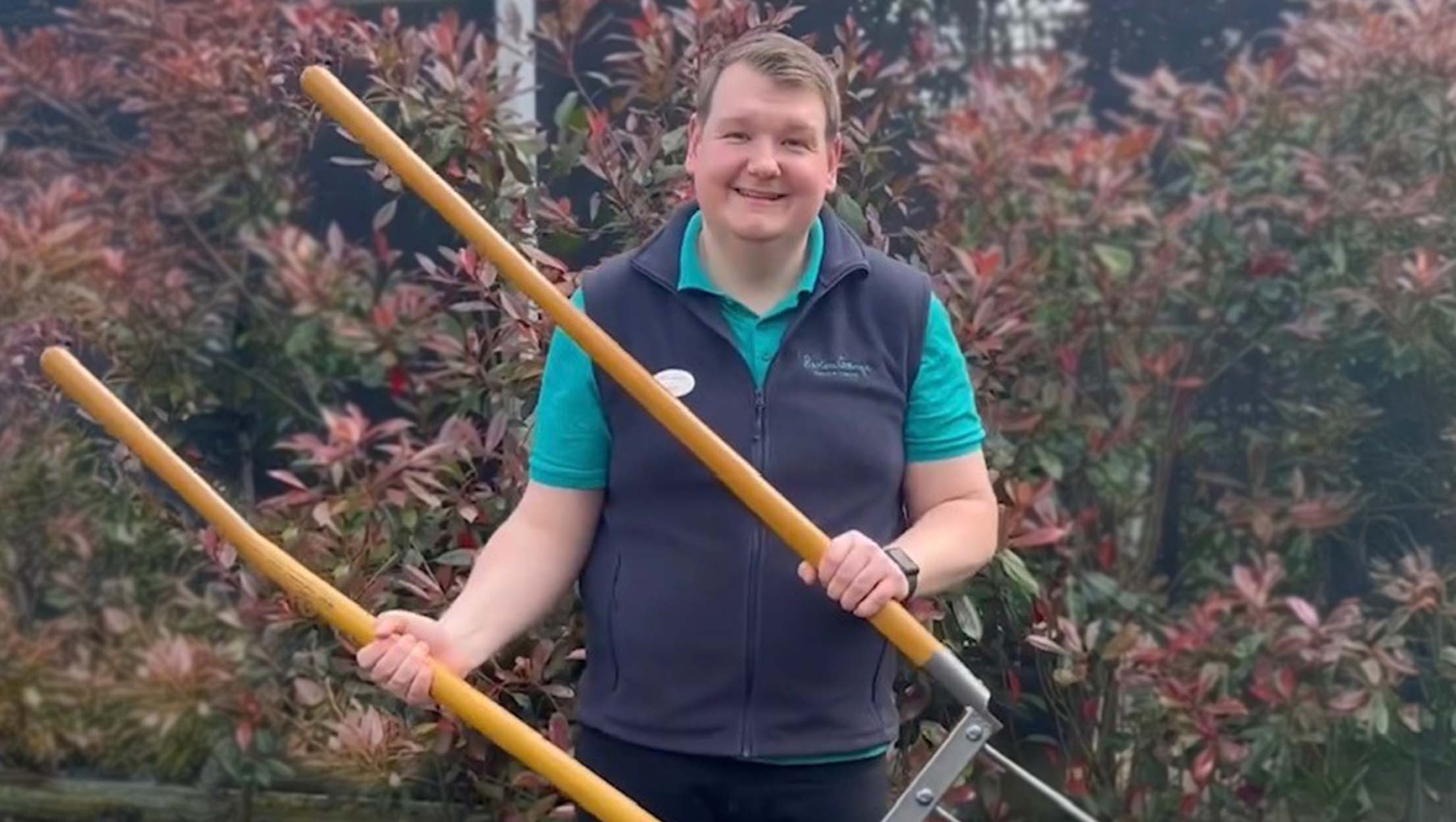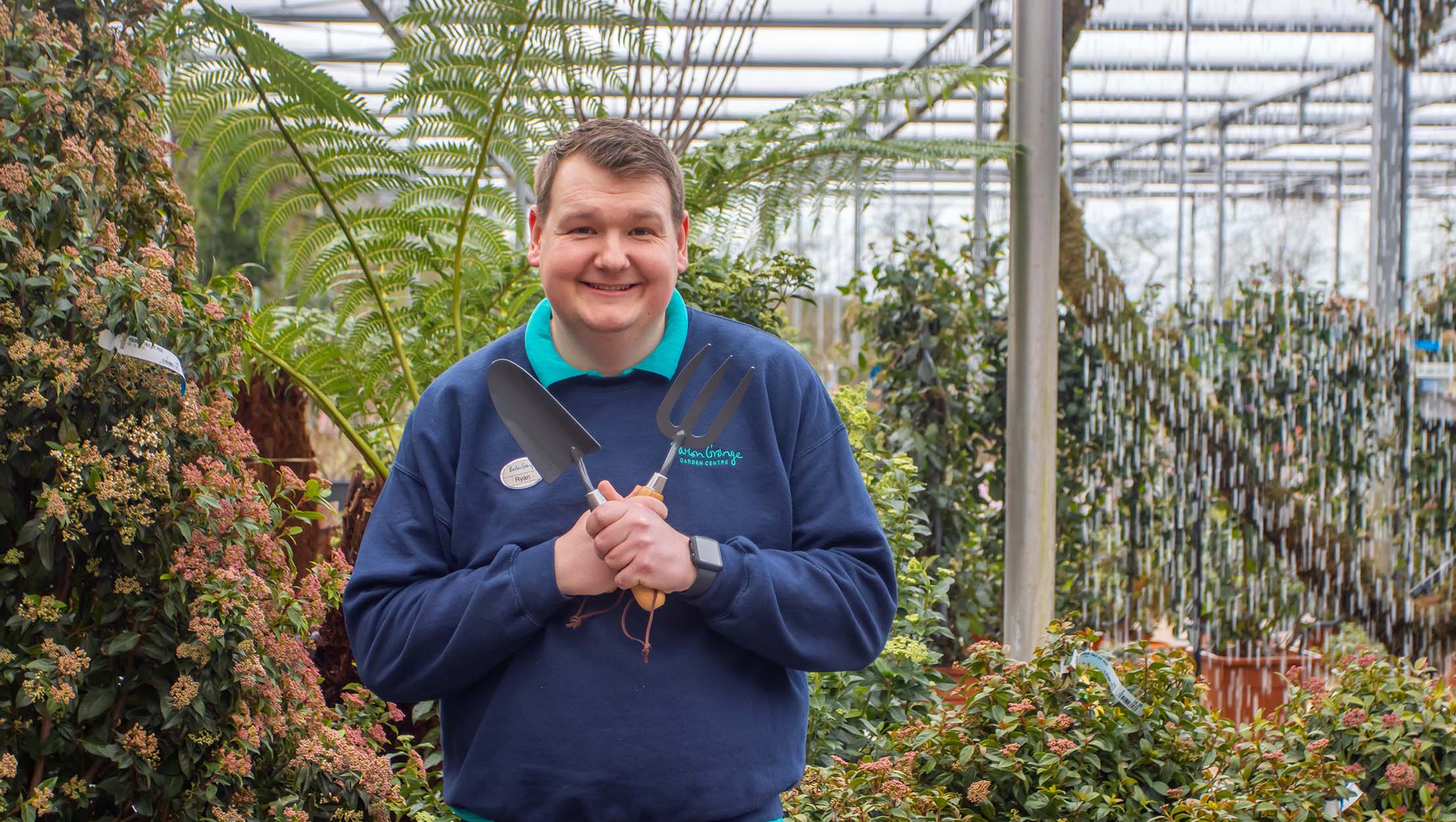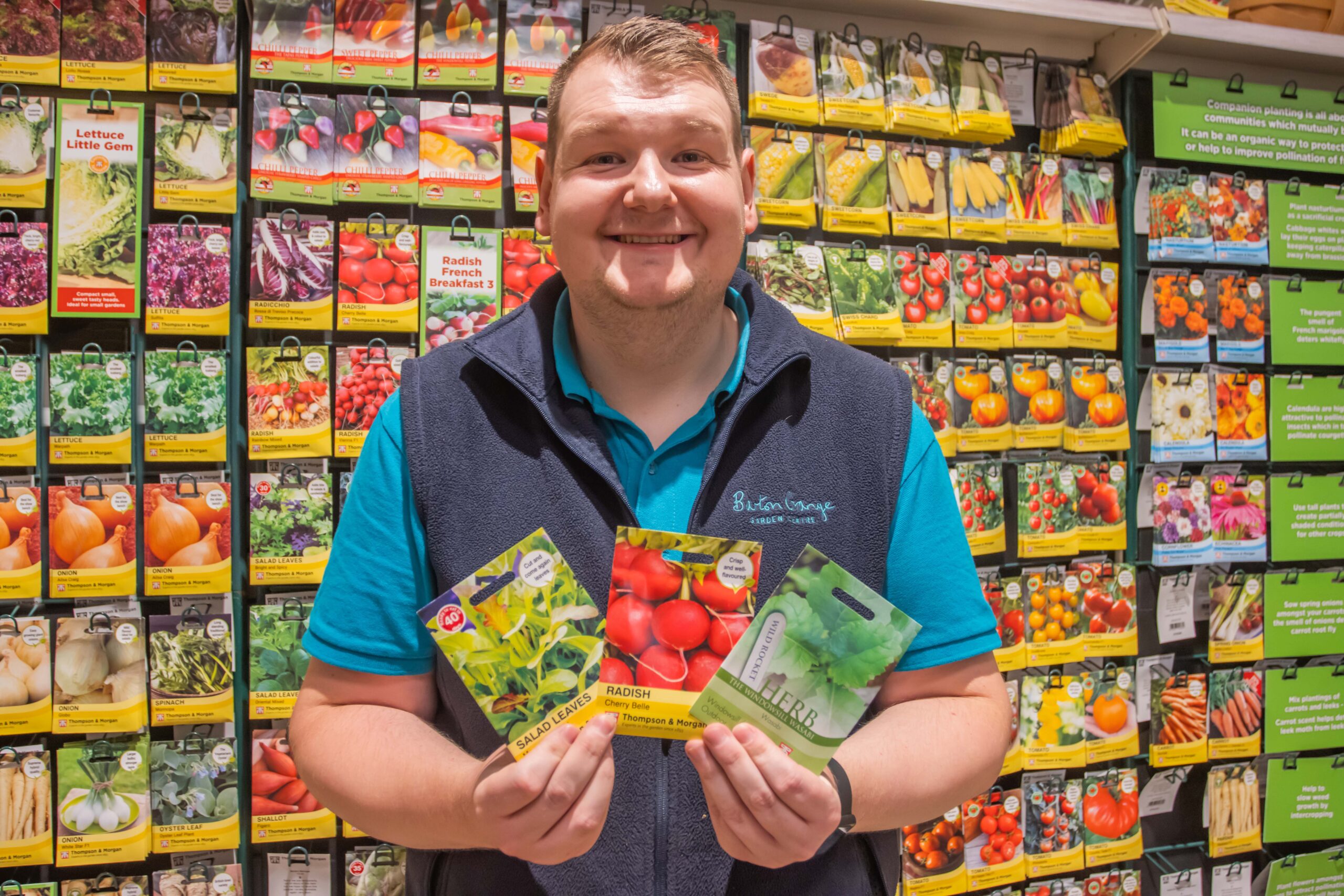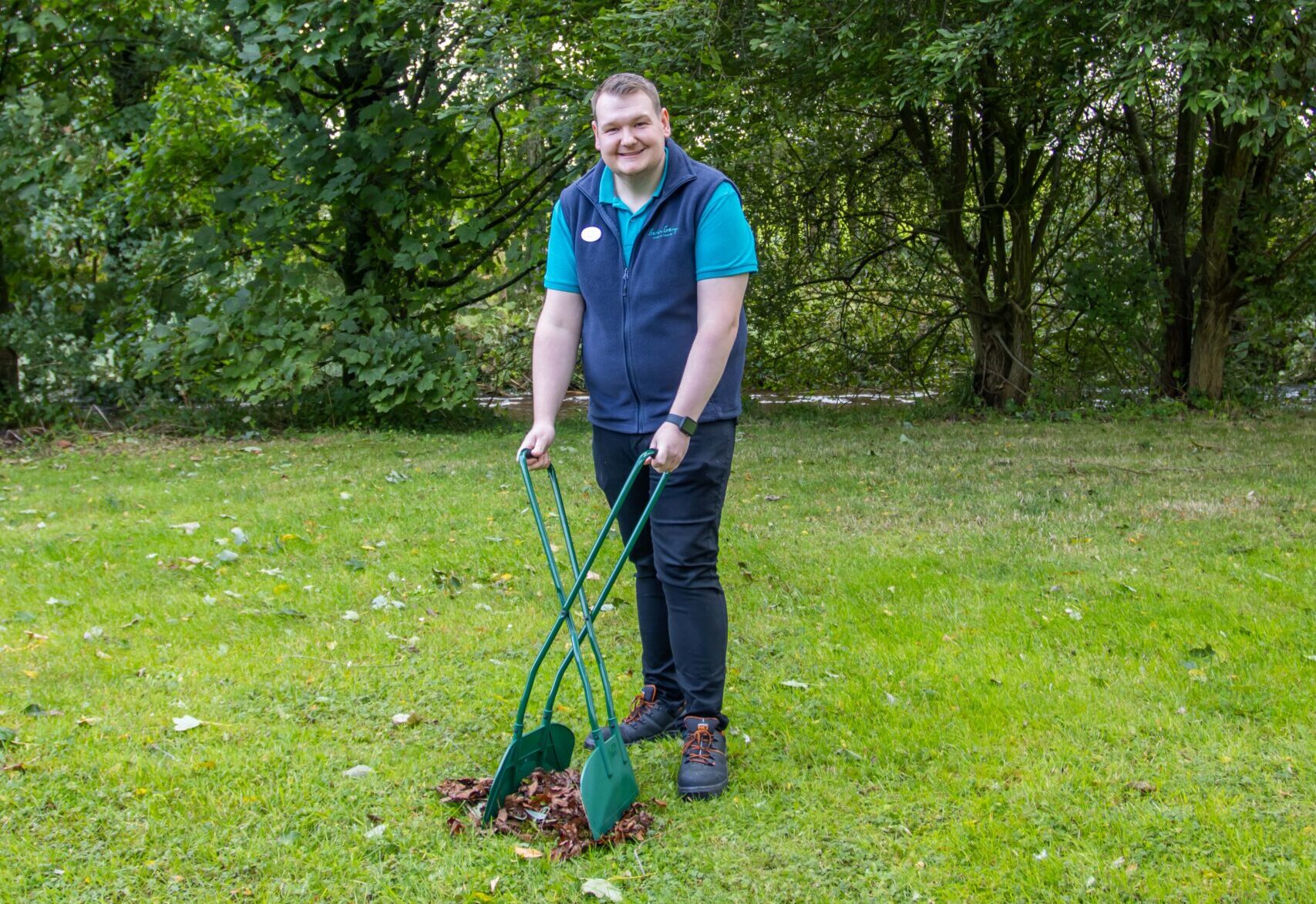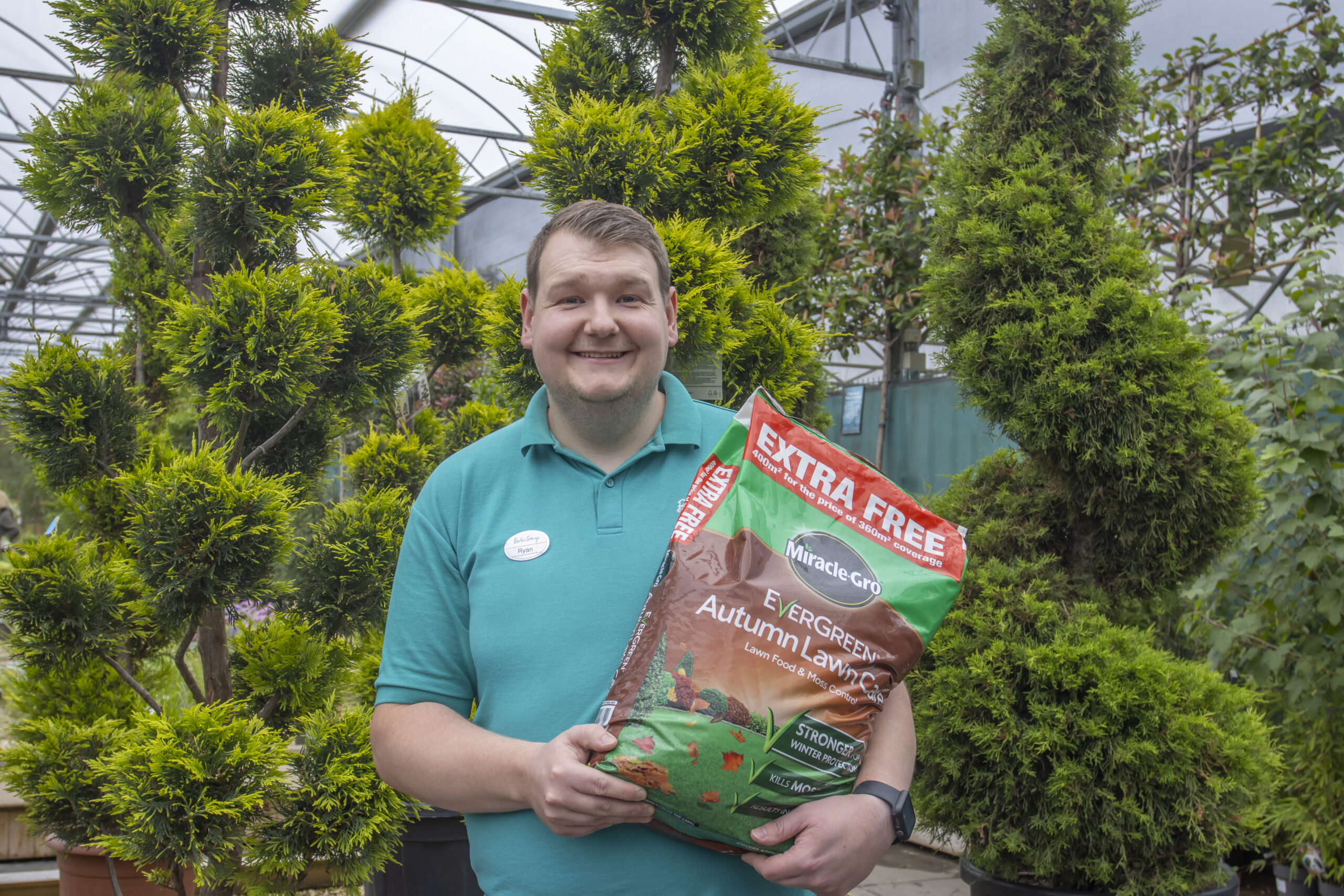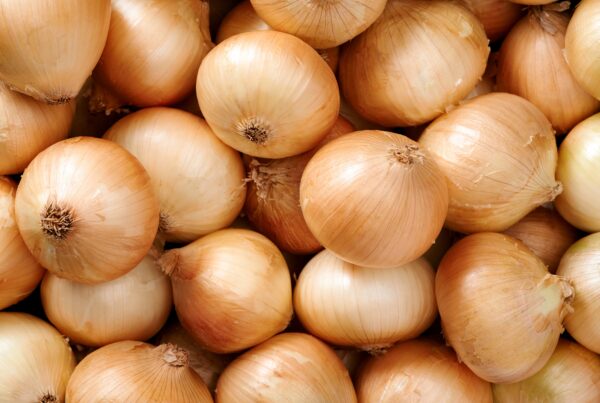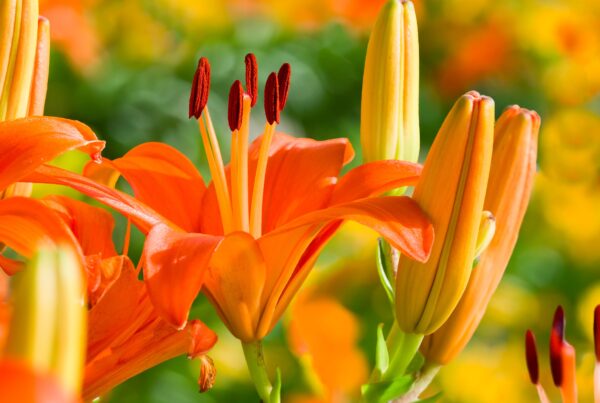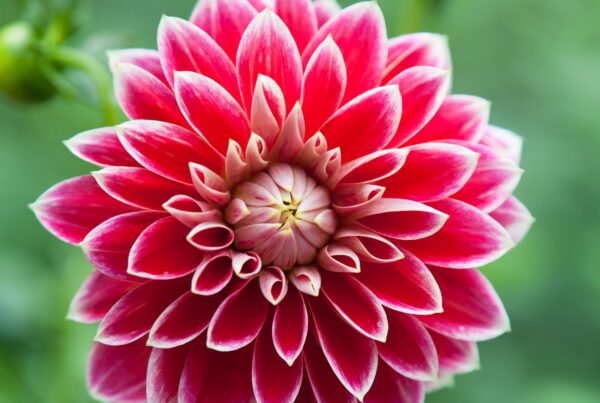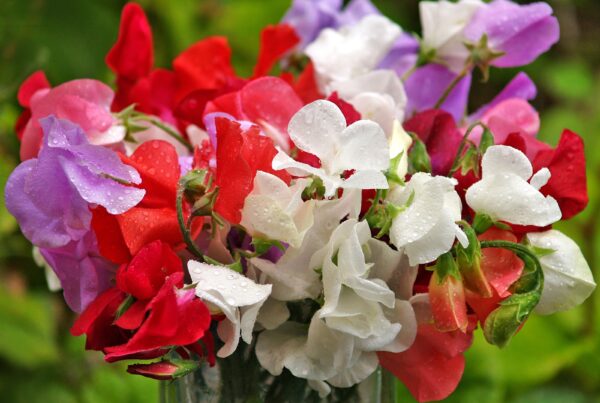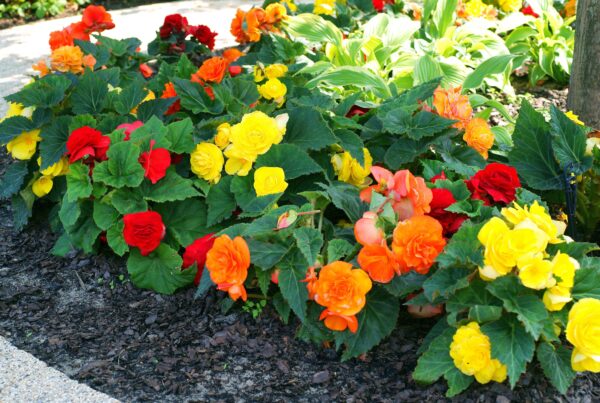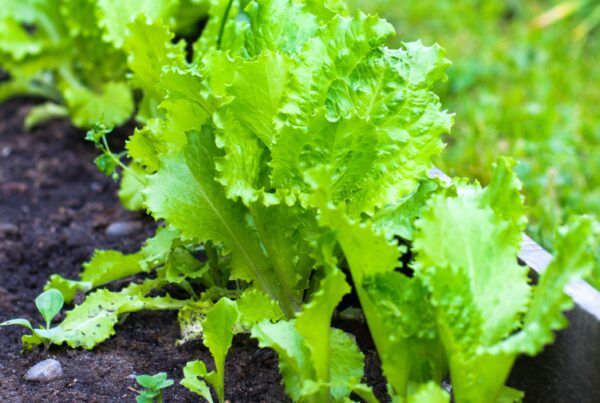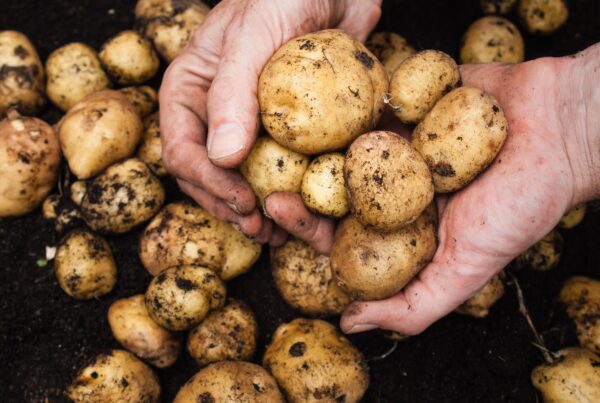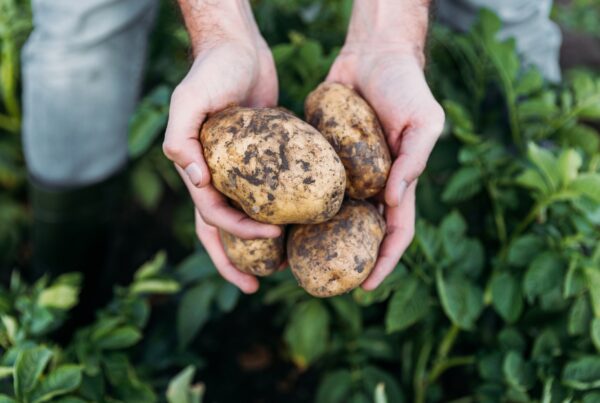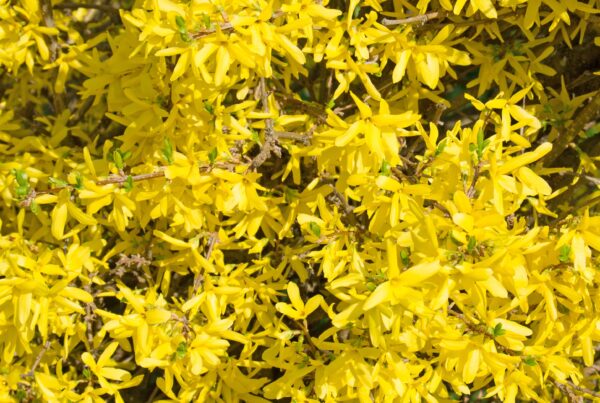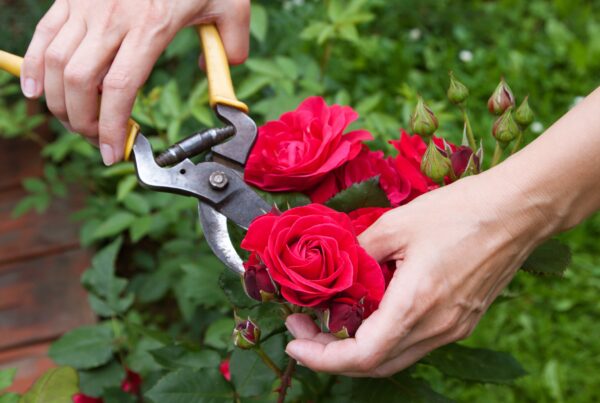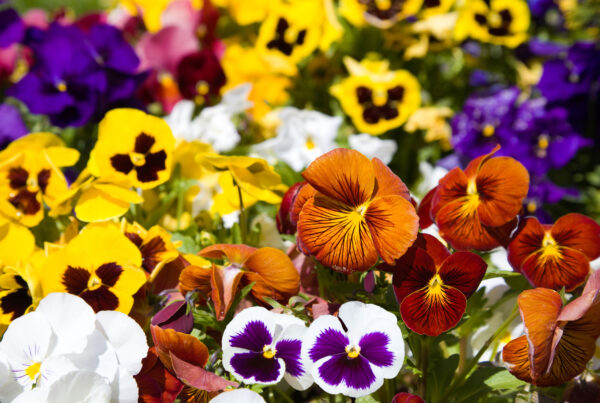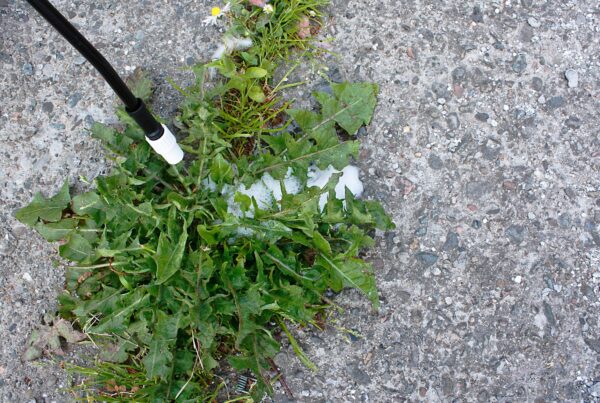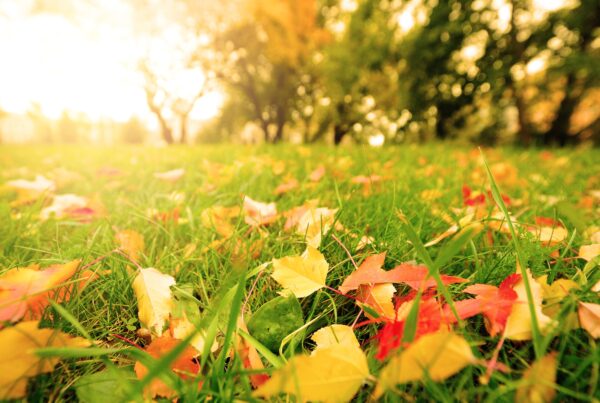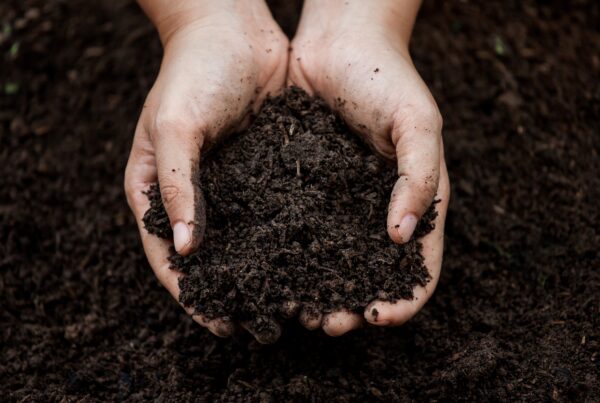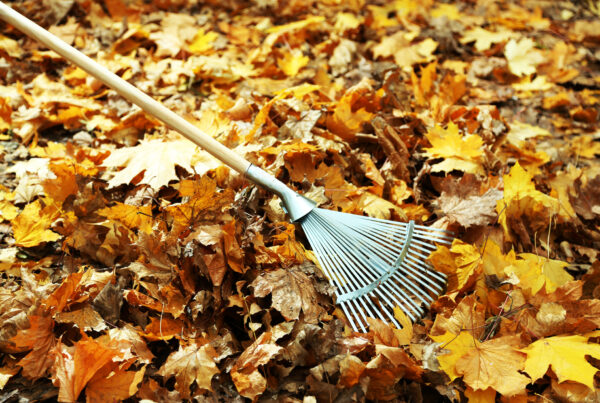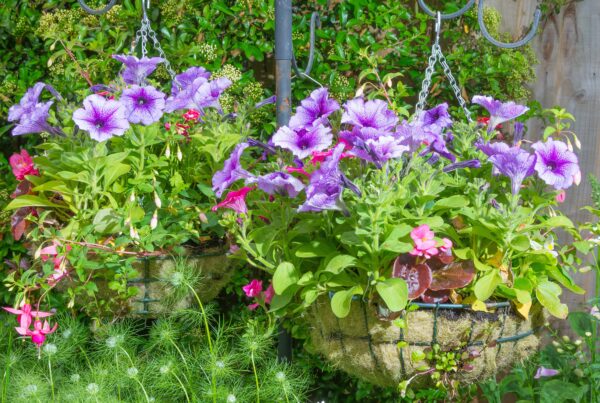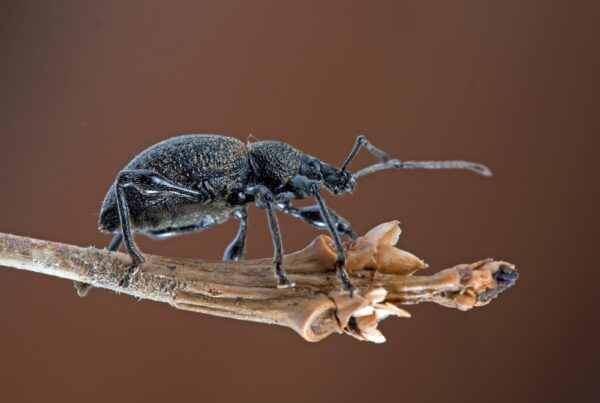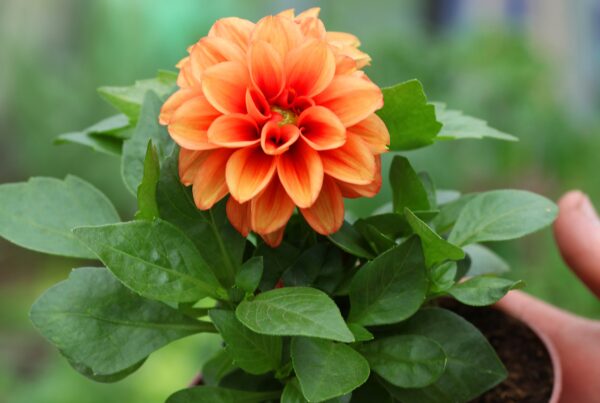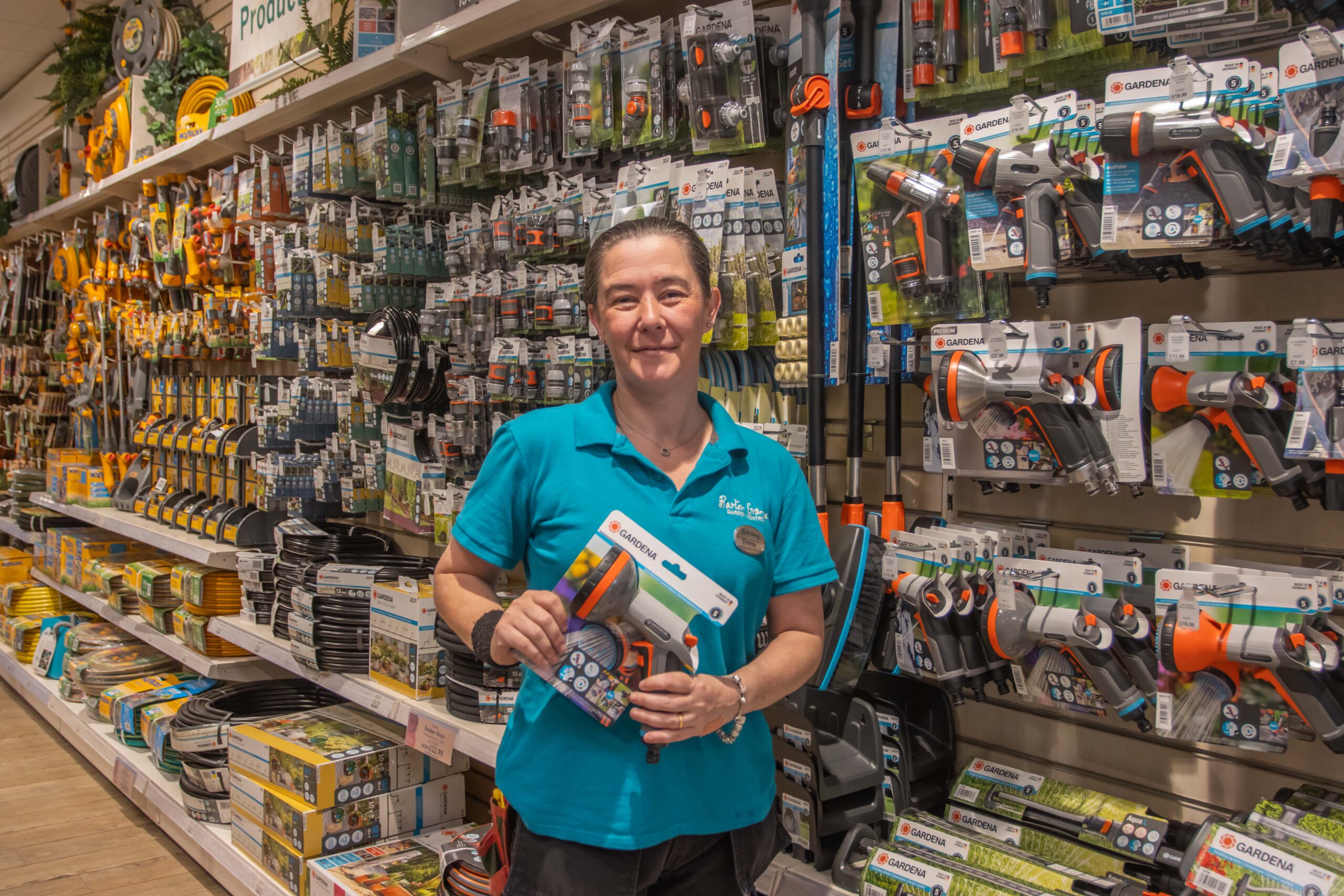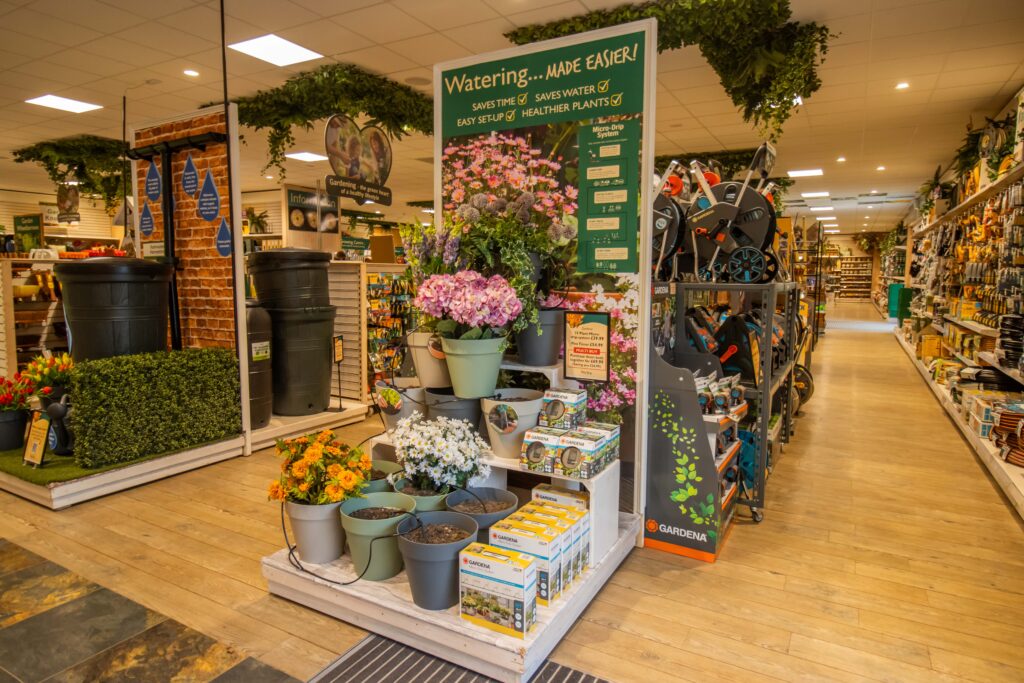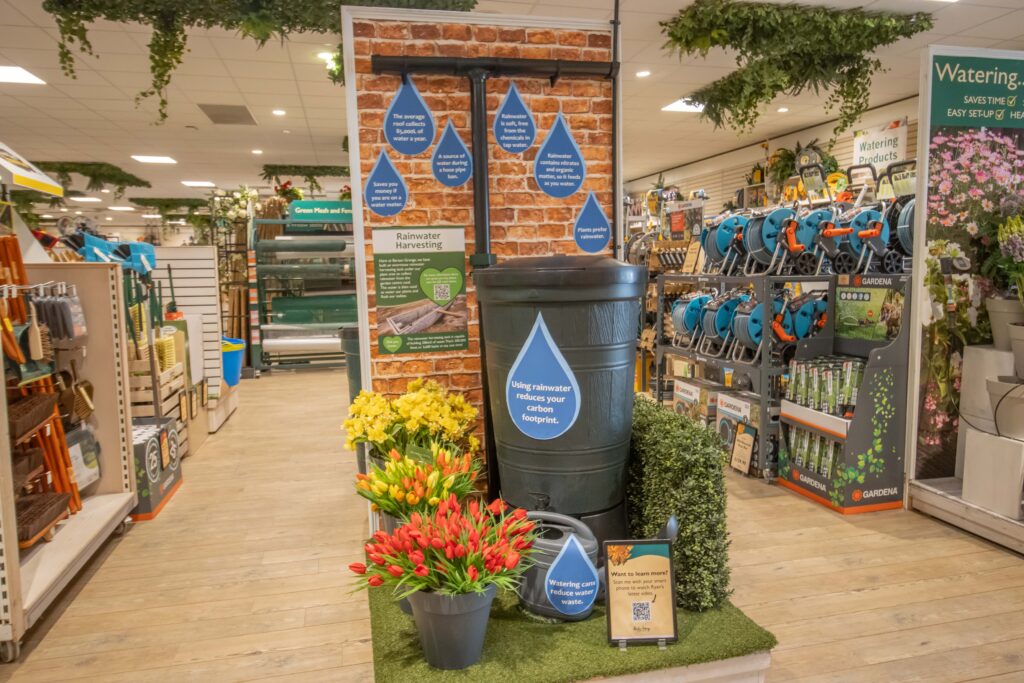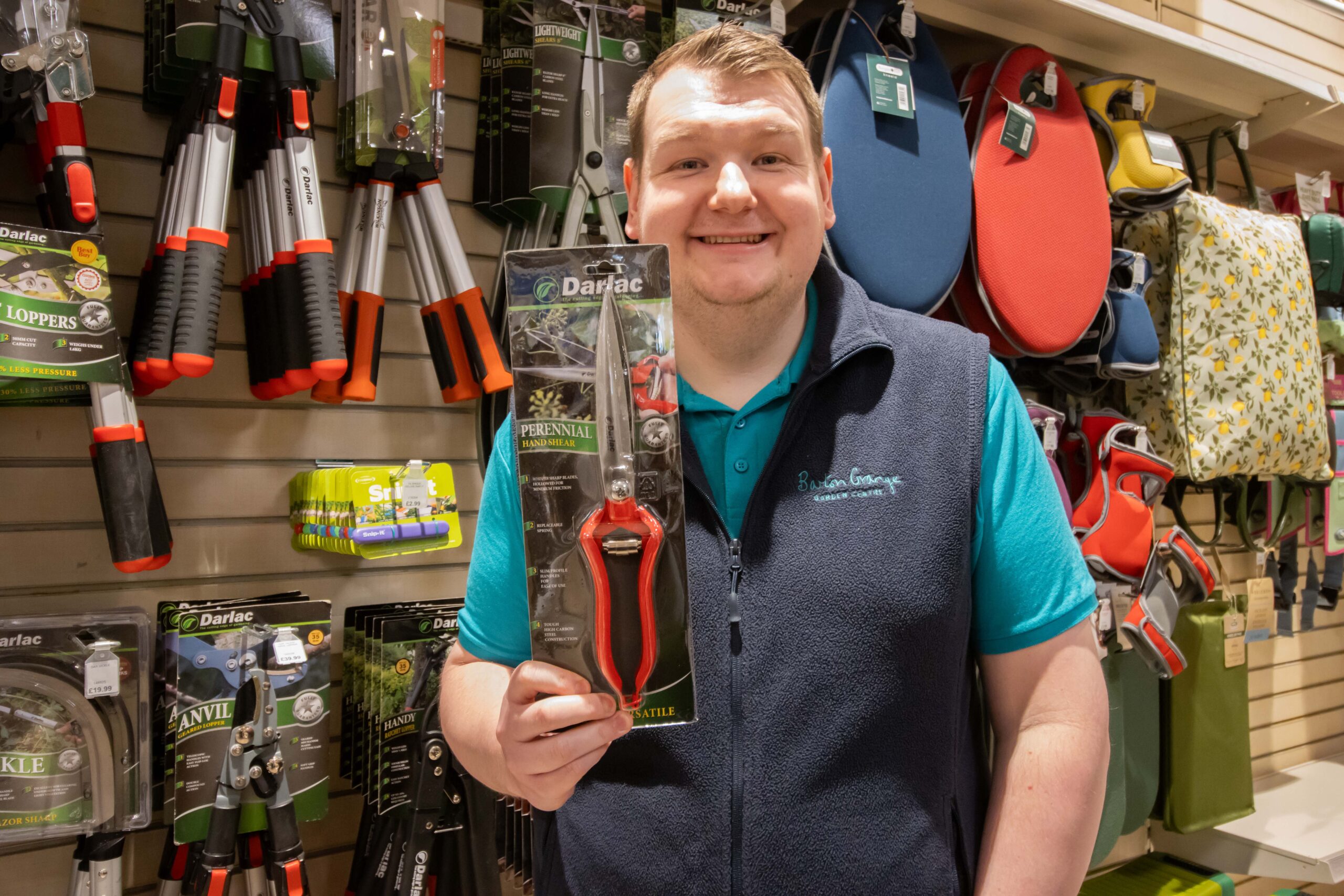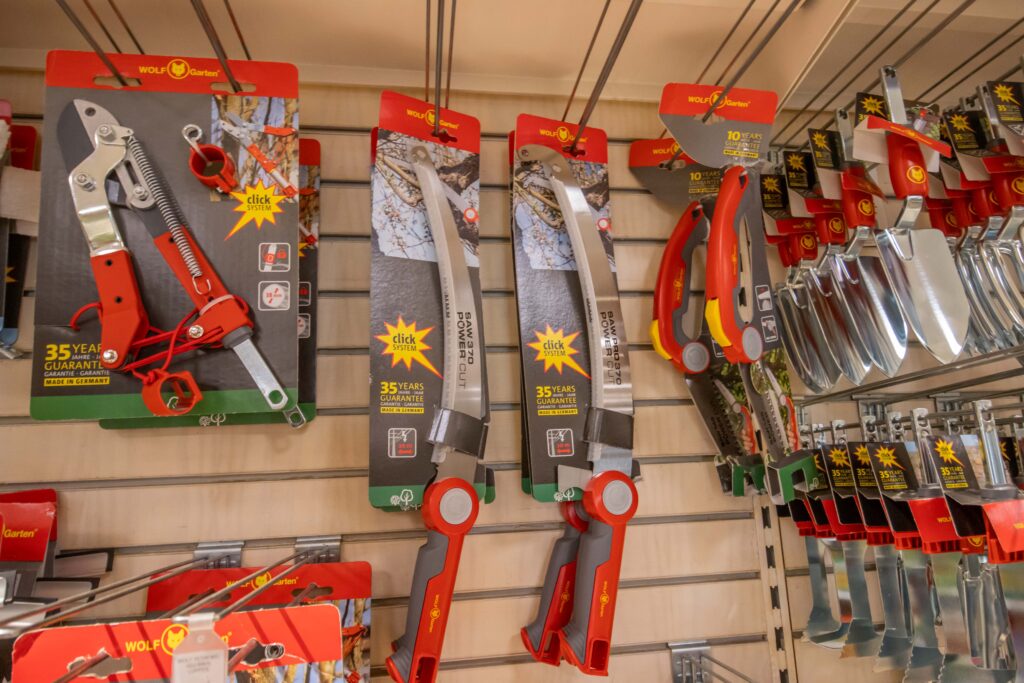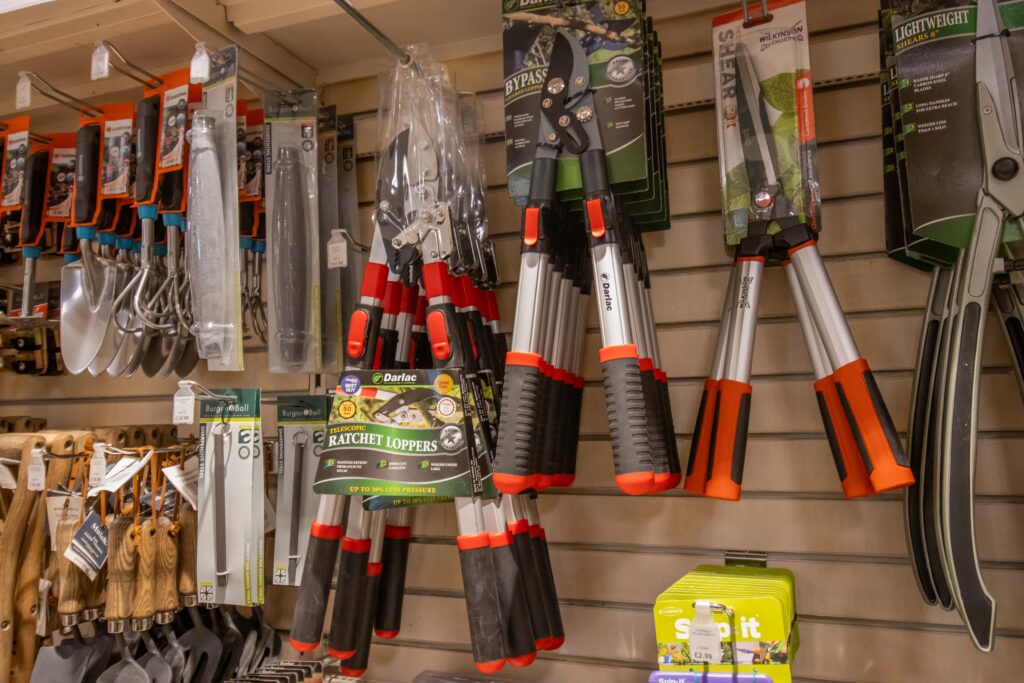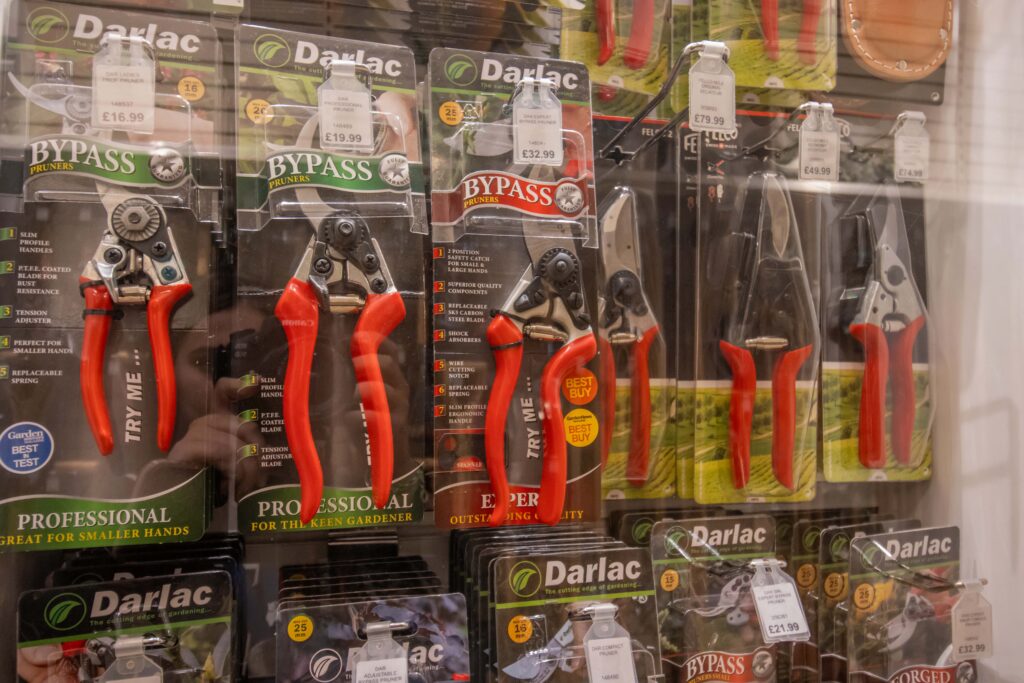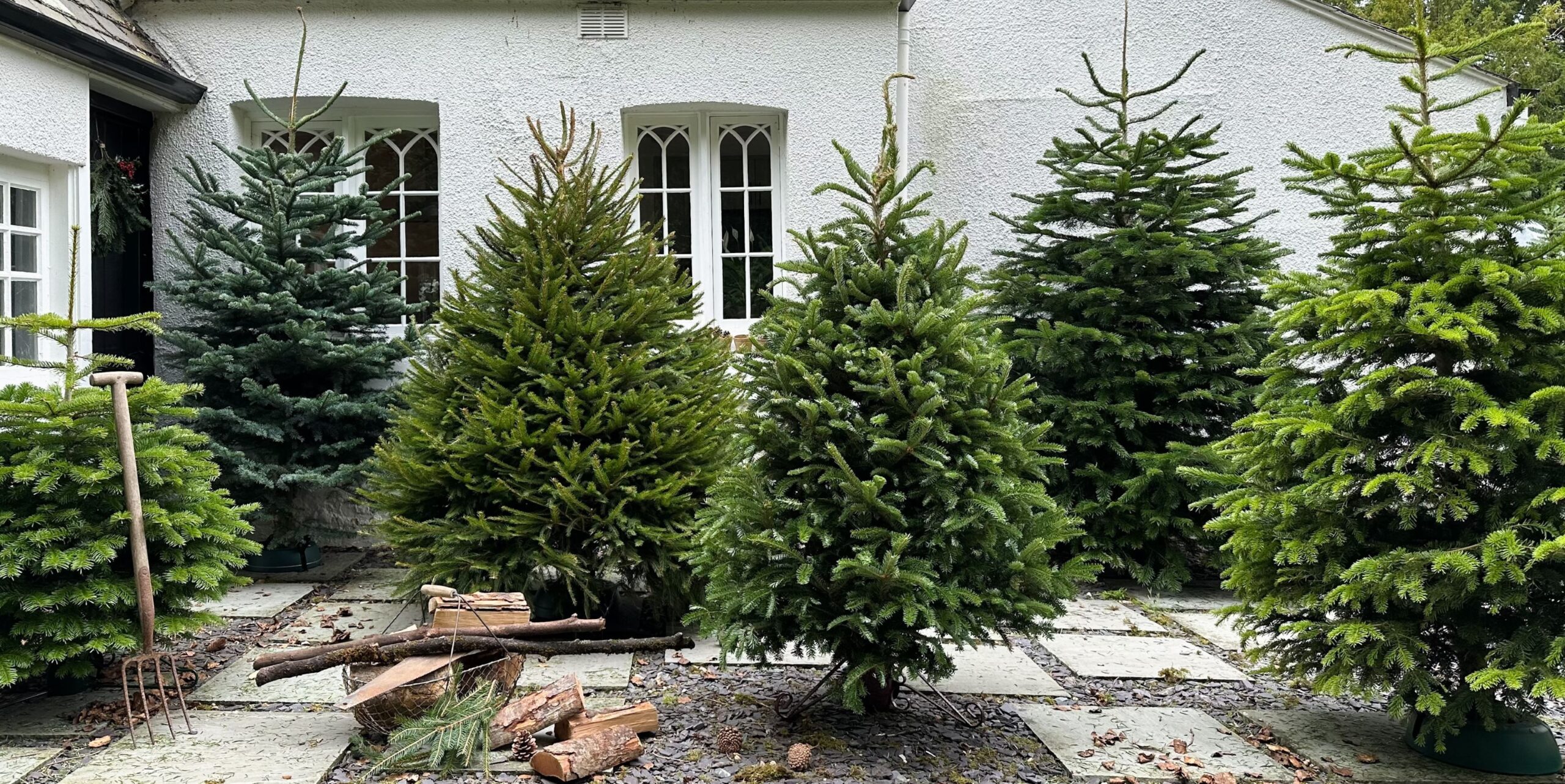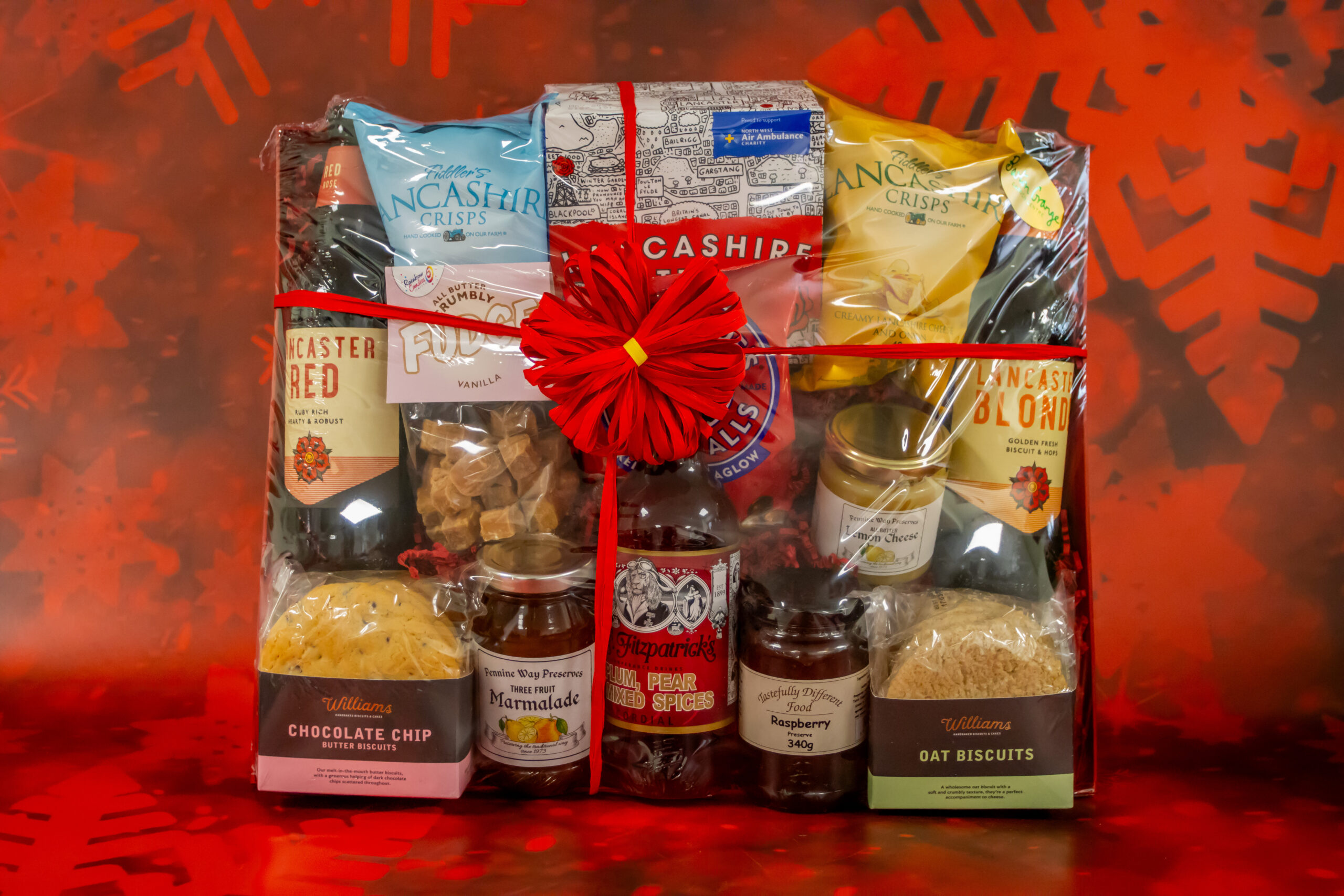Watch & Learn
Ryan’s Reels
Meet our gardening and wildlife manager, Ryan. With years of hands-on experience, Ryan is passionate about helping you make the most of your outdoor space. Follow his videos for expert advice and smart tips.
Gardening advice
No dig gardening
Healthy plants depend on healthy soil and no dig gardening cares for the soil by cutting out the need to dig.
Handy tips
Hosepipe set up
Watch Ryan’s video showing you how to set up your hosepipe ready for a long hot summer.
Seasonal advice
Spring clean up
Ryan shares his tips to prepare your garden for spring and get ahead for the new season.
Helpful advice
Feeding your plants
Ryan’s handy advice takes the guesswork out of using a liquid, granular or plant specific feed.
Get sowing
Seeding made easier
Make planting your seeds easier this spring with seed cells including cucumber, cherry tomato and sunflowers.
New products
LBC wellingtons
LBC boots are stylish wellington boots that stand out from the crowd. They are 100% waterproof and hardwearing.
Handy tips
Water butts
Join Ryan in his latest reel exploring the benefits of water butts and discover practical tips for conserving water.
Gardening advice
Frost protection for hoses
Ryan shows you how to protect your hosepipe from frost damage throughout the colder seasons.
Product recommendations
Touchscreen gloves
Listen to Ryan’s advice on how to multitask while wearing a pair of touchscreen gardening gloves.
Seasonal tips
Frost protection
Discover essential advice and practical tips for safeguarding plants against freezing temperatures.
Gardening advice
Autumn clean up
In Ryan’s video on autumn clean-up, he shares the best tools for tidying up your outdoor spaces.
Feeding advice
Q4 plant food
Watch Ryan showcase Q4’s effectiveness in promoting robust growth and vibrant health across a wide range of plants.
Handy tips
Attract pollinators
Here we outline the top ways you can help to attract bees to your garden for World Bee Day.
Feeding advice
Feed your plants with Q4
Learn more about this versatile all-purpose plant food that is suitable for flowers, vegetables and lawns.
Top tips
Slug prevention
Ward off those pesky slugs with Ryan’s top tips and tricks to keep slugs away from your plants and flowers.
Product advice
Gardening essentials
Learn more about the must-have items for easy gardening, from protective items to essentials for digging.
Gardening advice
Autumn lawn feed
Protect your lawn throughout winter with one of our autumn lawn feeds to kill moss and make your grass stronger.
Feeding tips
Autumn lawn feed
Protect your lawn throughout winter with one of our autumn lawn feeds to kill moss, and make your grass stronger.

